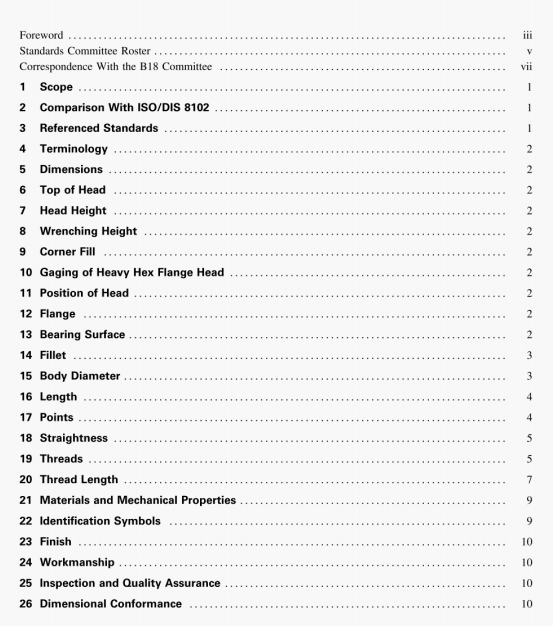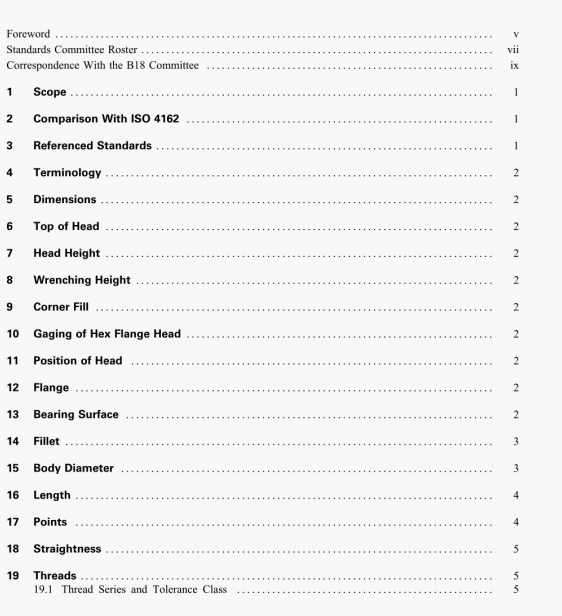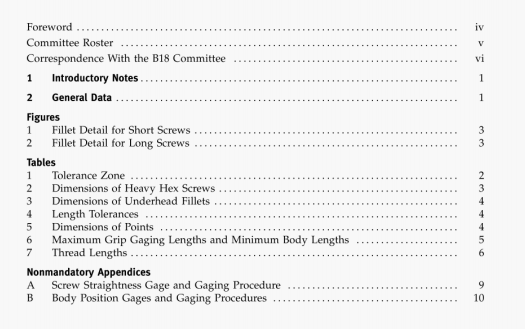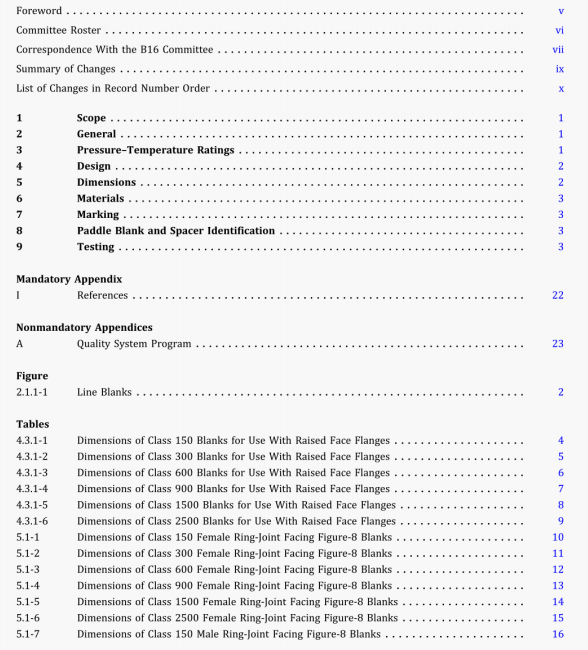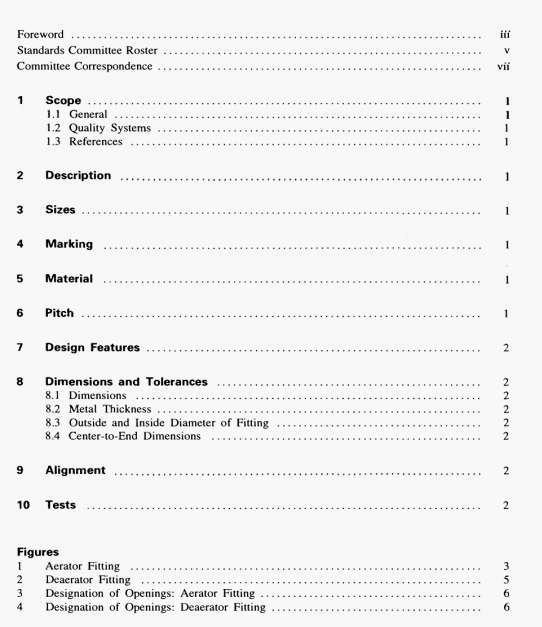Abstract: ASME PVHO-2:2016 pdf download.Safety Standard for Pressure Vessels for Human Occupancy:In-Service Guidelines. 2-6.4 Annealing Severely Damaged Windows Upon completion of final machine polishing, the window is to be annealed in accordance wi...
ASME PVHO-2:2016 pdf download.Safety Standard for Pressure Vessels for Human Occupancy:In-Service Guidelines.
2-6.4 Annealing Severely Damaged Windows
Upon completion of final machine polishing, the window is to be annealed in accordance with Mandatory Appendix IV. After annealing, the repaired window shall be inspected to ensure it meets the requirements of minimum thickness, dimensional tolerance, surface
finish, and inclusion limitations applicable to the fabrication of new acrylic windows in accordance with
ASME PVHO-1.
2-6.5 Thickness Check
After any window repair has been completed, the thickness shall not be less than the required minimum thickness of the window
design as stated on the original Window Design Certification. All repairs (regardless of their extent) shall be documented using
the applicable portions of [‘VI 10-2 Form VP-2 and retained in the documentation package (see para. 2-4.8).
2-6.6 Nonconformance
If the post-repair window thickness does not meet the required minimum, the window may be assigned a lower pressure rating by
having such lower value entered into the design data package (along with all supporting calculations). It shall not be used in a
PVI-IO having a MAWP greater than that lower value.
2-6.7 Post-RepaIr Annealing and Pressure Testing
After completion of any machining, including machine polishing, the window shall be annealed and pressure tested in accordance with the requirements set forth in Mandatory Appendix IV.
2-6.8 MarkIng of Repaired Windows
Windows that have been repaired by a qualified window fabricator shall be marked as follows by the window fabricator performing the repair
(a) The repair identification shall consist of 0.5 in. (12.5mm) letters and numbers made with indelible black marker, or 0.125 in. (3.175 mm) letters and numbers made with epoxy ink on the window’s edge. The writing shall not interfere with the ability of the window to seal properly.
Recommended:
ASME A112.1.2:2012 pdf download ASME 14414:2015 pdf download ASME 30.9:2021 pdf download ASME Y14.1-2020 pdf download